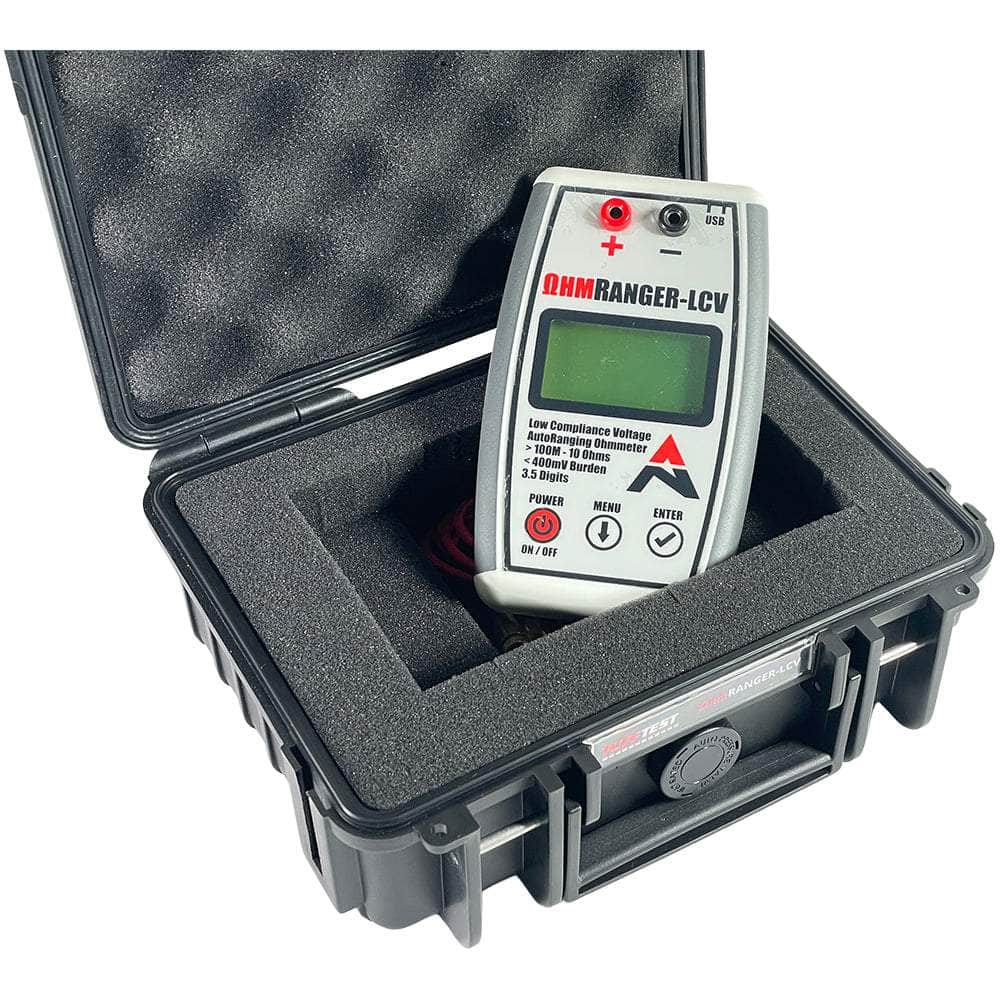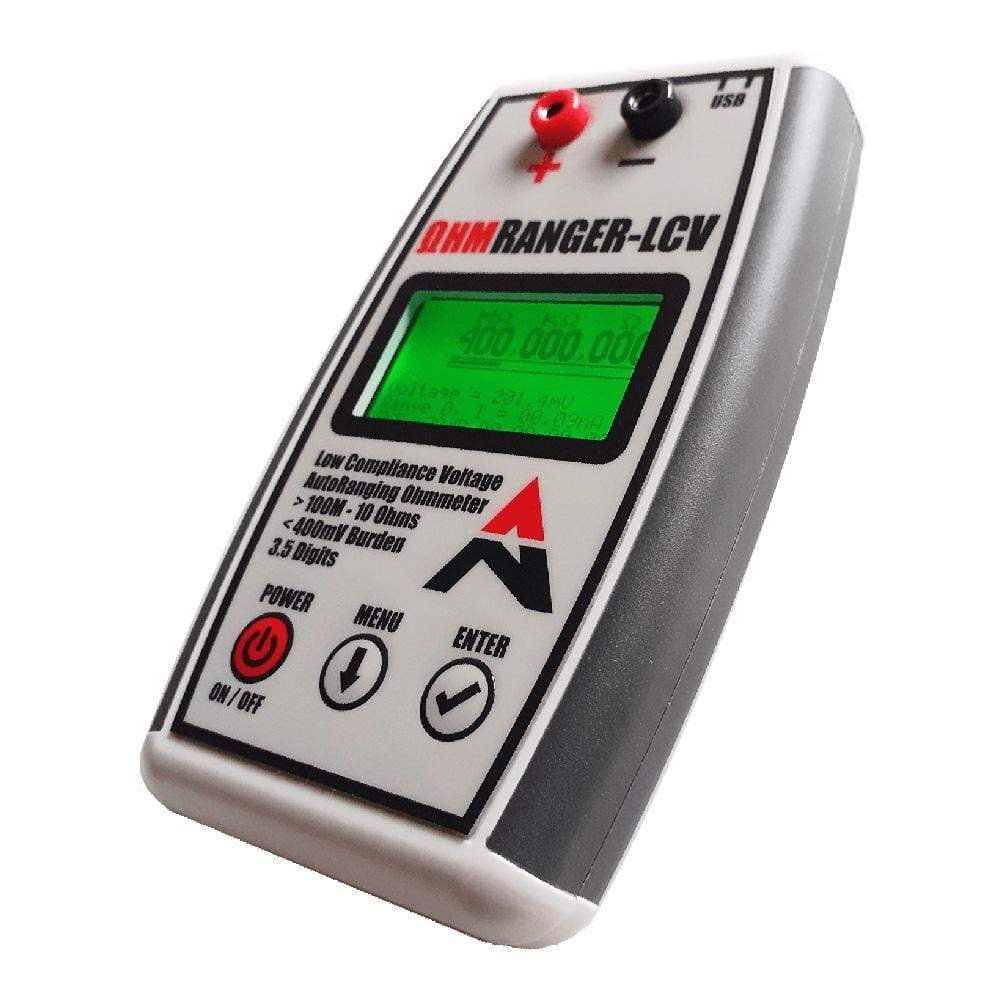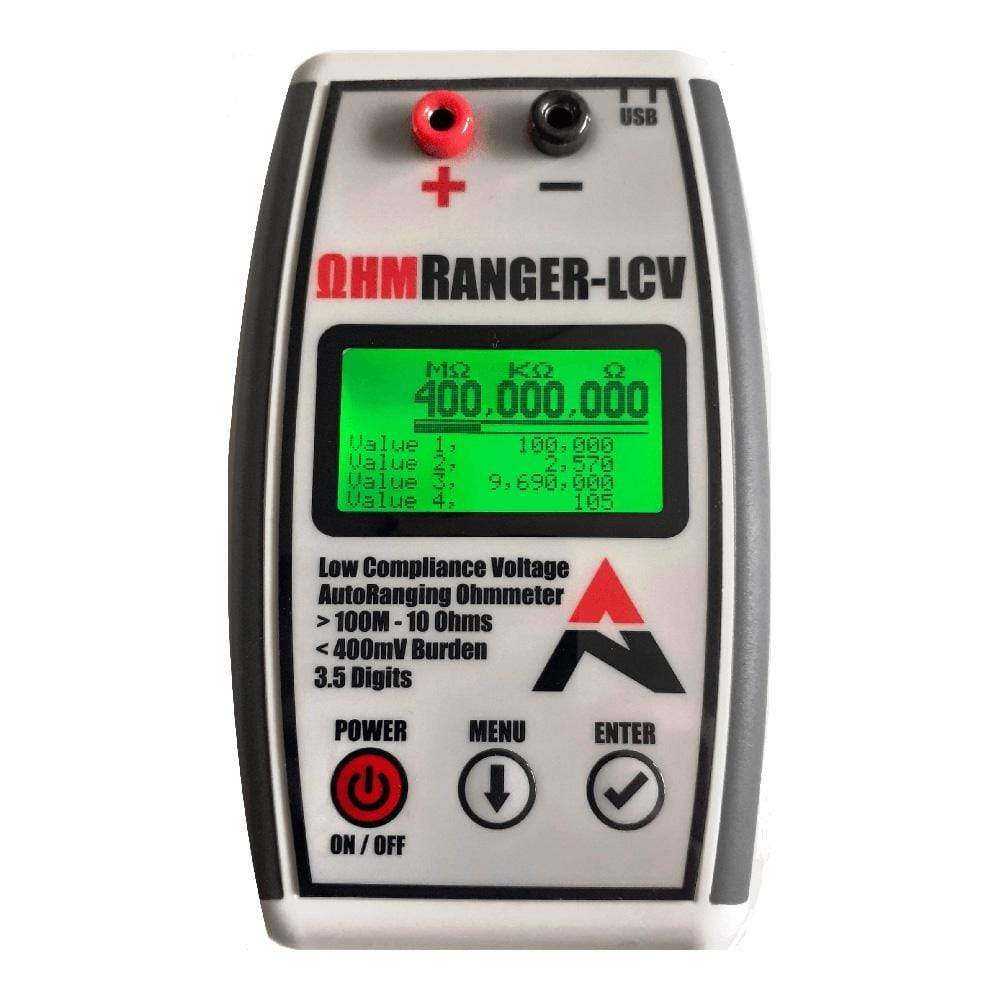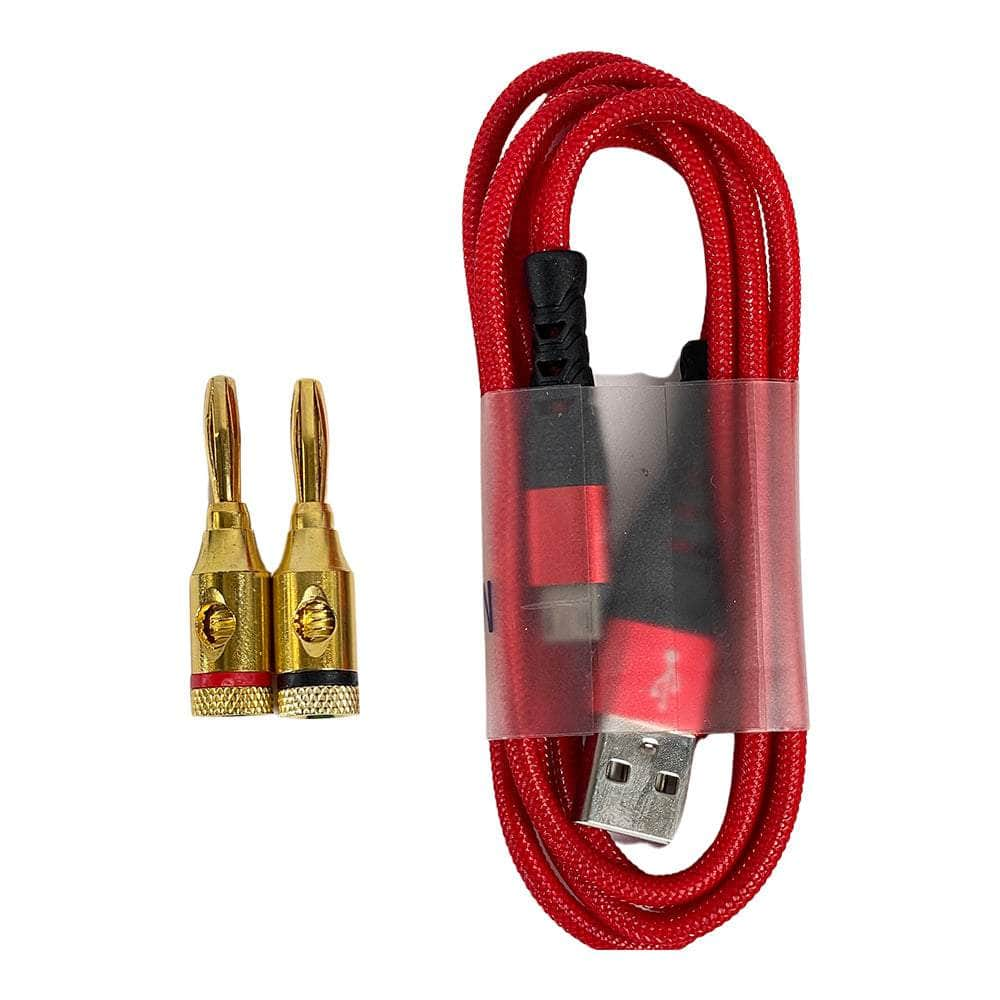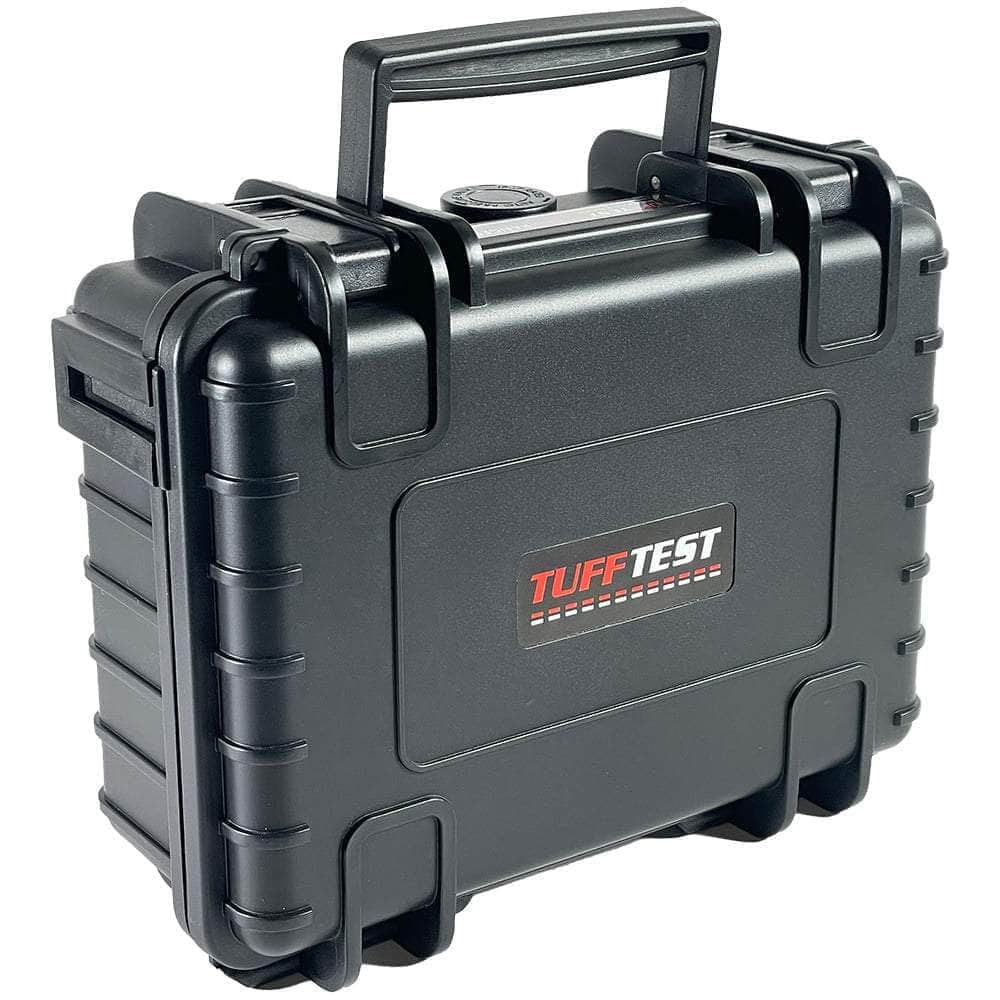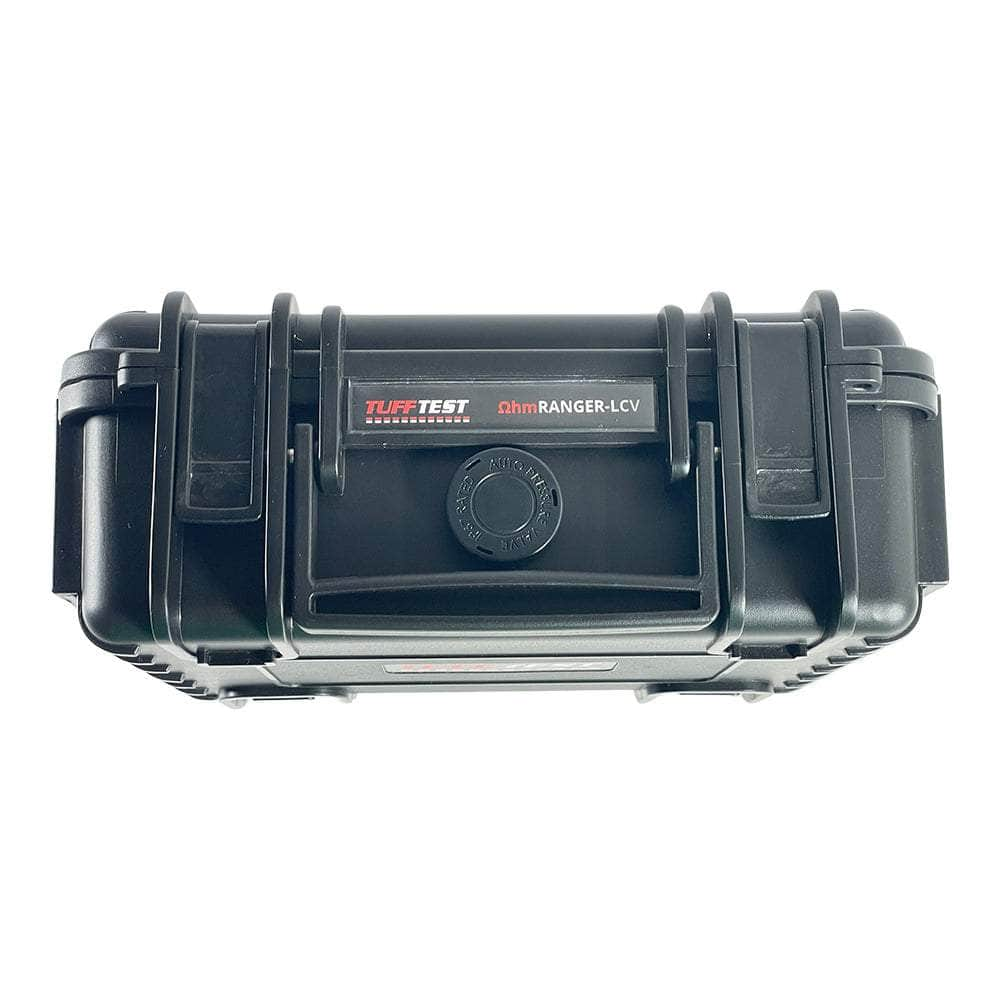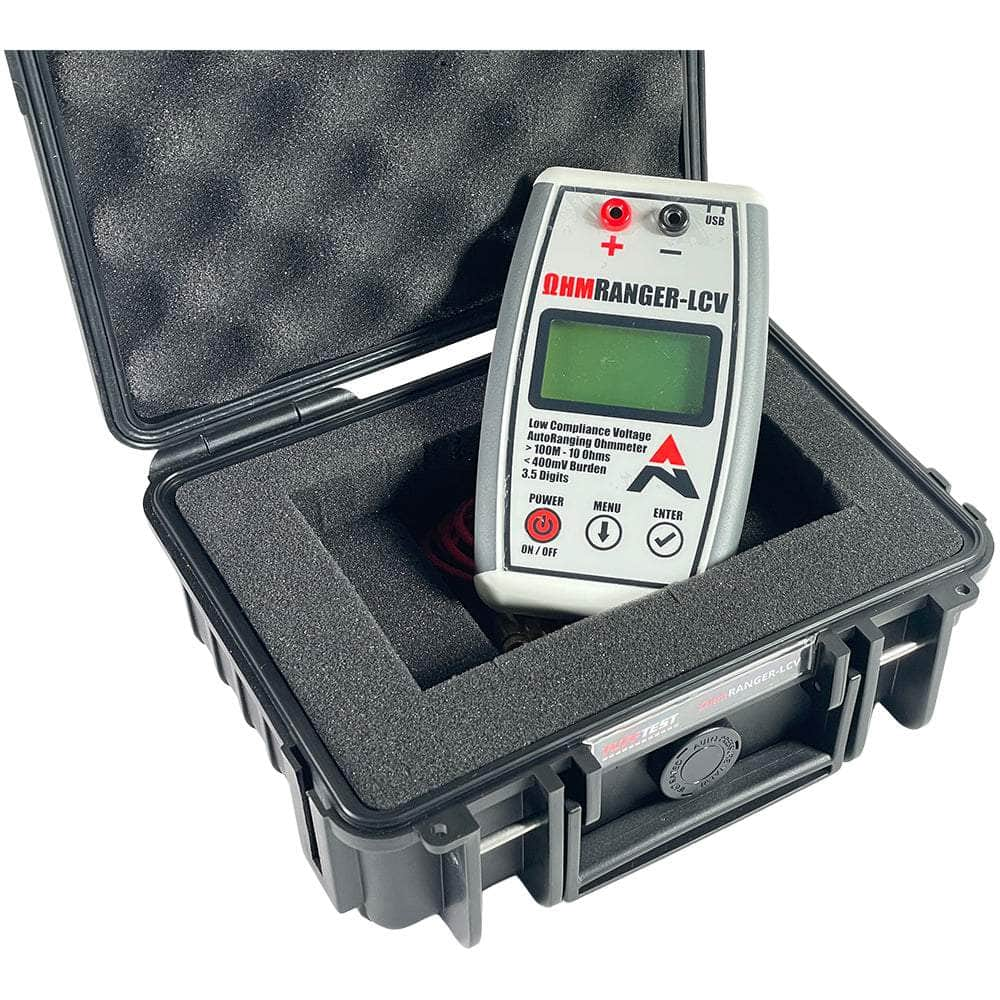
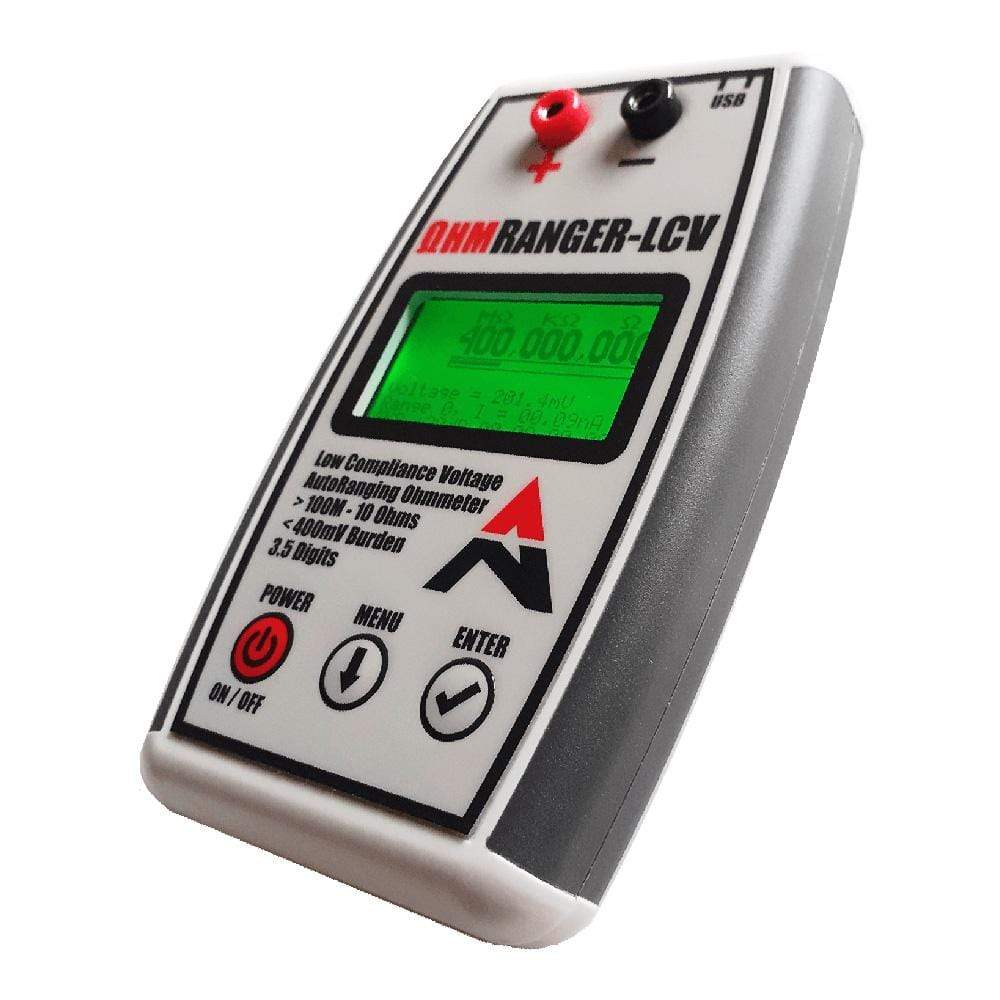
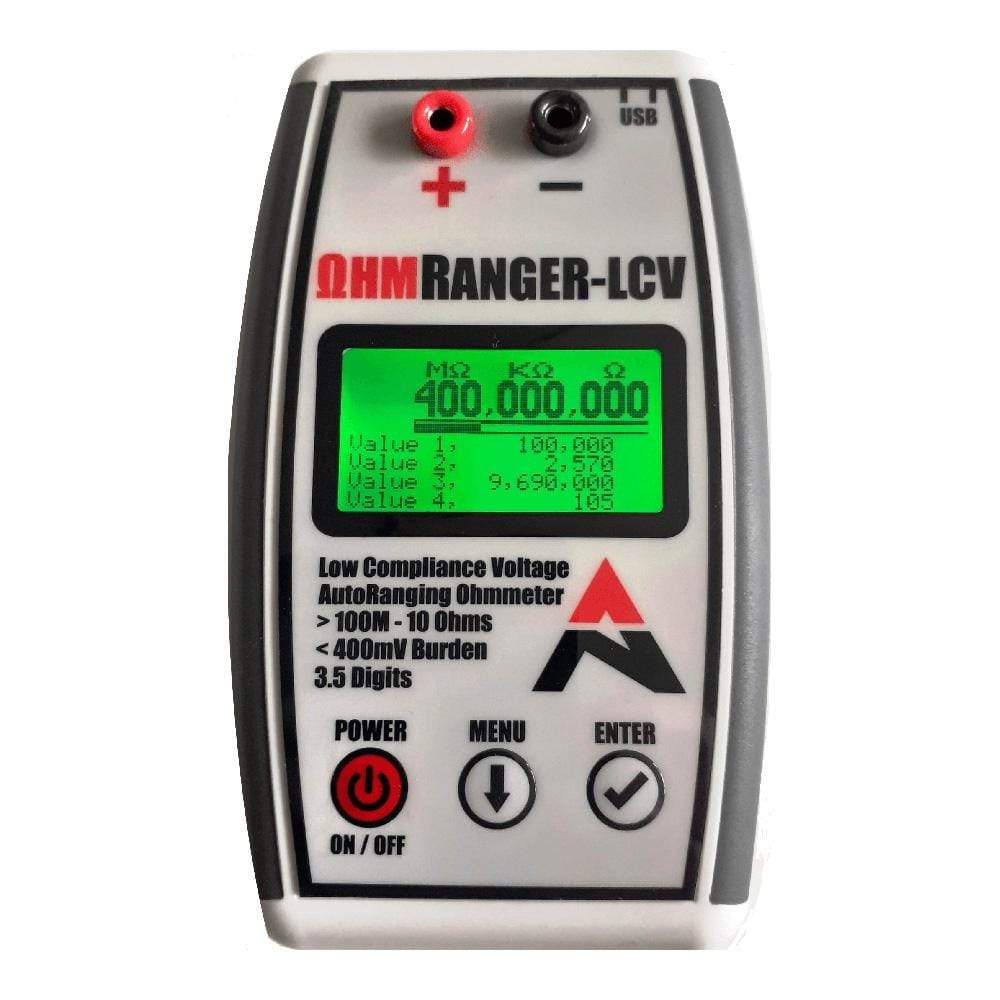

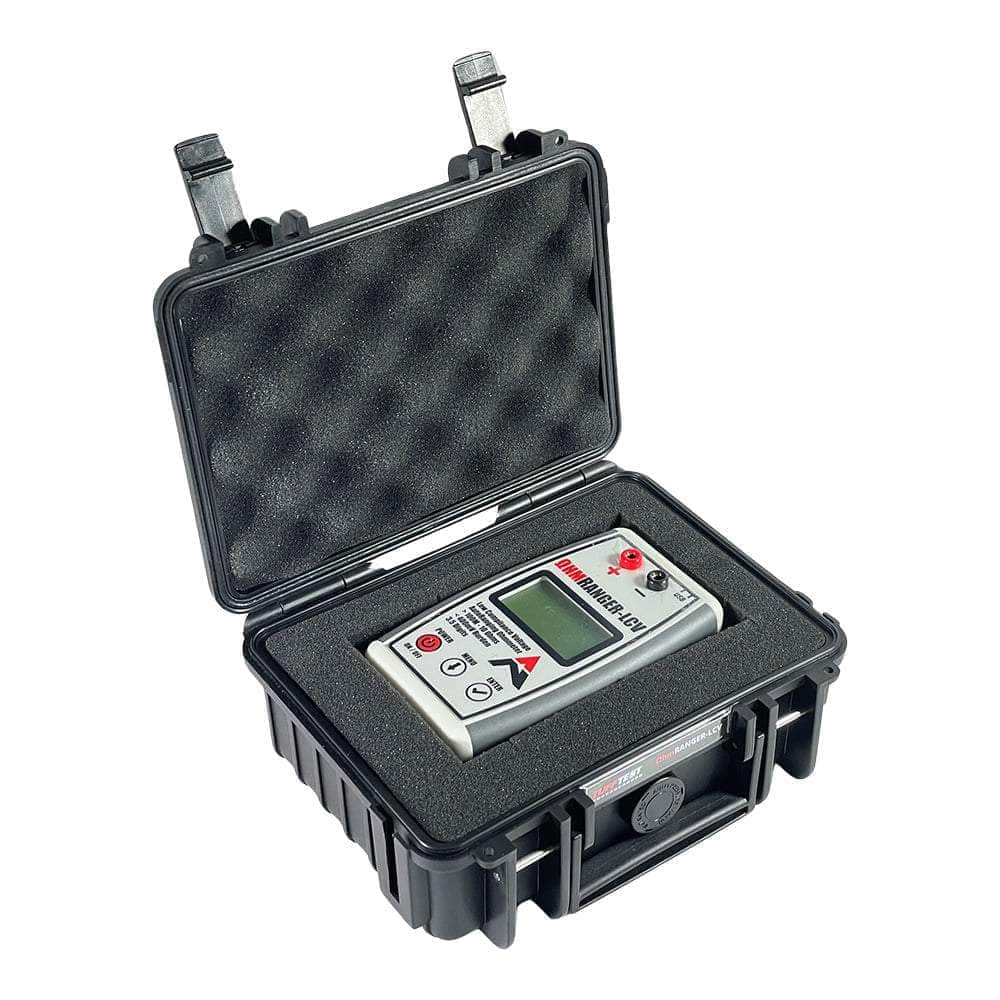
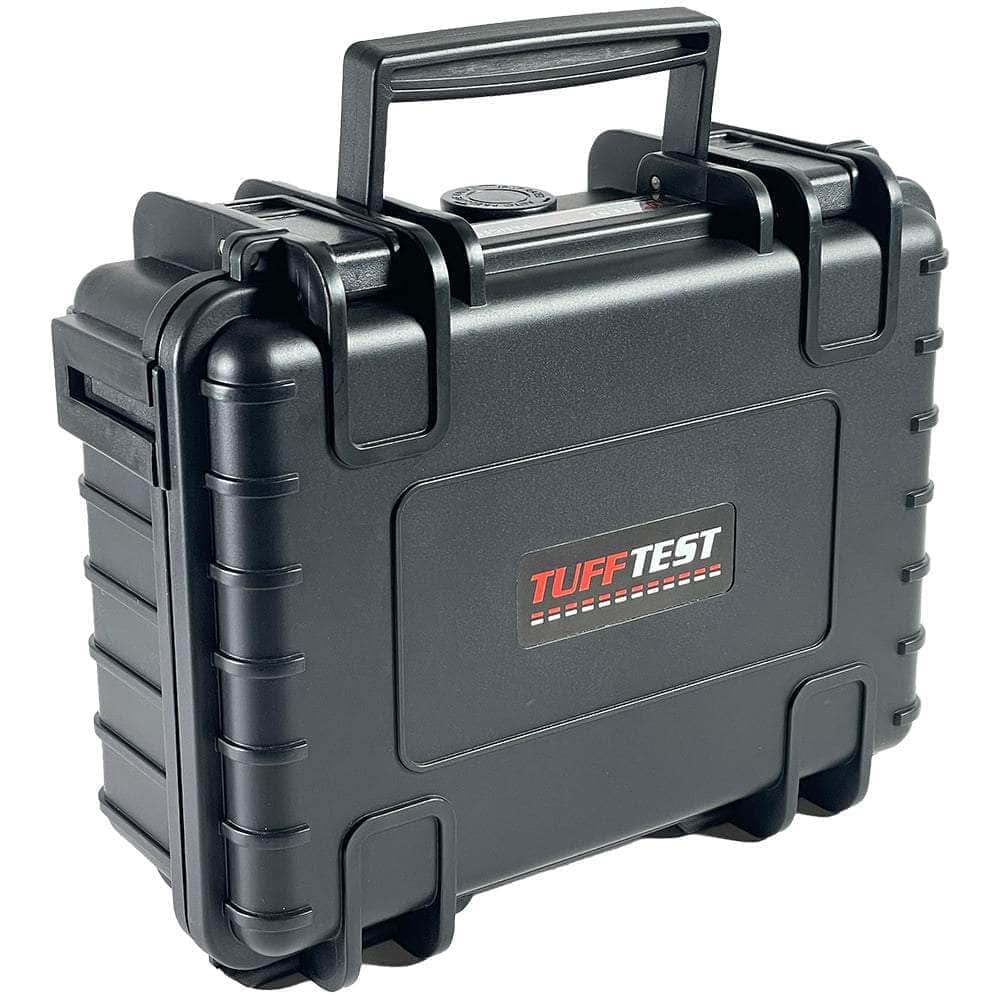
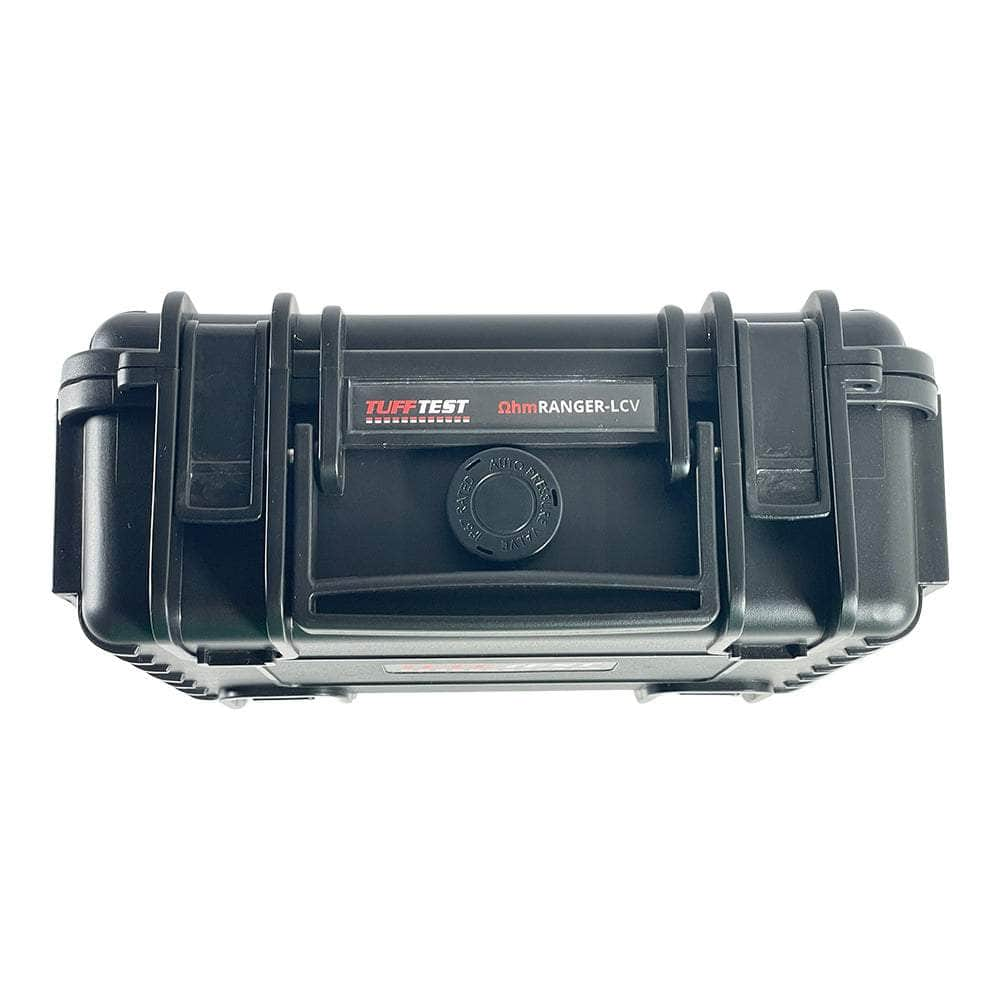
Key Features
Overview
The AltoNovus ΩhmRanger-LCV (OR-01) is a handheld, low-compliance-voltage ohmmeter designed to measure resistance safely on sensitive devices such as Josephson junctions, nanowires and MEMS. It applies a selectable maximum stimulus of approx. 206 mV or 380 mV and limits current to ~30 mA to avoid forward-biasing or damaging delicate structures. Readings span 10 Ω to >100 MΩ.
A backlit 128×64 display shows resistance, applied voltage and measured current, plus a Signal-to-Noise Ratio (SNR) indicator with min/max current samples. Readings update about every 400 ms and are built from 160 averaged samples to reduce 50/60 Hz hum. A fully isolated micro-USB port supports SCPI control and data export. Power is via two AA cells for around 150 hours, with auto power-off and adjustable backlight to extend battery life.
Why consider ΩhmRanger-LCV?
Where conventional DMMs may apply 3–10 V across a DUT, ΩhmRanger-LCV’s low-stimulus approach helps protect fragile junctions and cryogenic devices while providing practical, portable measurements. It is a focused alternative to using a benchtop SMU when you need quick, safe resistance checks without complex setup.
Related Products
- Resistance Meter Catalogue
- AltoNovus NanoRanger™ NR-01 Nanoammeter (companion DC current instrument)
- AltoNovus brand overview
Downloads
Why Engineers Choose The Testeur de tension Altonovus OhmRanger-LCV
Protect Delicate Junctions
Automate & Log Safely
Faster Stable Readings
L'OhmRanger-LCV™ est un voltmètre/ohmmètre à faible conformité, conçu pour maintenir la tension de test en dessous de 400 mV. Il peut mesurer une résistance de 10 Ω à 100 MΩ.
Le ΩhmRanger-LCV™ est essentiel pour mesurer la résistance d'un composant délicat. La plupart des ohmmètres appliquent une tension de stimulation au dispositif testé (DUT) de 3 à 10 V. Cette tension de stimulation peut détruire ce que vous essayez d'étudier !
Le ΩhmRanger-LCV™ est fourni dans un étui de transport robuste et protecteur pour le garder en sécurité.
| General Information | |
|---|---|
Part Number (SKU) |
TT-OR-01
|
Manufacturer |
|
| Physical and Mechanical | |
Weight |
0.3 kg
|
| Other | |
Warranty |
|
HS Code Customs Tariff code
|
|
EAN |
5055383620371
|
Frequently Asked Questions
Have a Question?
-
Is ΩhmRanger-LCV certified for lab use?
Yes. The manual lists UKCA, CE and FCC compliance; operating environment is 0–50 °C, 10–90% RH non-condensing.
-
Does the USB isolation help measurement accuracy?
Isolation reduces ground loops and PC-coupled interference that would otherwise corrupt low-level measurements—important when measuring nanoamps across high resistances.
-
Is this a replacement for an SMU (e.g., Keysight B2900, Keithley 2400)?
No. SMUs source/measure with flexible sweeps but are larger and costlier. ΩhmRanger-LCV is a focused, portable low-stimulus ohmmeter for safe resistance checks.
-
How long does the instrument run on batteries?
Typical operation exceeds 150 hours on two AA cells, helped by an auto power-off timer and backlight control.
-
Can I automate measurements or log data to a PC?
Yes. A fully isolated micro-USB port supports SCPI commands for control and data export into scripts or logging tools.
-
What is the SNR readout for?
It quantifies noise on the signal and shows minimum/maximum current during a reading, helping diagnose pickup and optimise fixturing and shielding.
-
How fast are readings and how is noise handled?
Displays update about every 400 ms and average 160 samples to reduce 50/60 Hz mains hum for stable results.
-
What resistance range does it cover?
From 10 Ω to greater than 100 MΩ, suitable for contacts, thin films, sensors and wiring.
-
Why use ΩhmRanger-LCV for Josephson junctions or cryogenic devices?
Such devices can be damaged by higher stimulus voltages; ΩhmRanger-LCV’s low-stimulus design enables resistance checks without exceeding ~400 mV.
-
What does “low compliance voltage” mean on ΩhmRanger-LCV?
It limits the maximum voltage applied to the DUT (206 mV or 380 mV), reducing risk of junction damage compared with multimeters that apply several volts.

